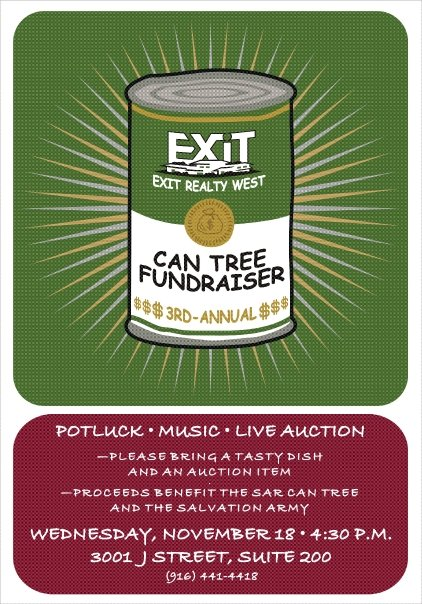I am very pleased to announce that the final tally of donations for the Project 680 Shoe Drive is $3,601.51. This effort is something I fully support in my community, and I am very proud of the way things unfolded for the shoe drive. I have been posting about this from time to time, so you may have known that our goal was to raise $1,500 to purchase 100 pairs of new shoes for students in need within the FCUSD. Well, it looks like the community really bought into the vision and we ended up collecting far more.
![]()
Together we can make a difference – even in this economy. Do you believe that? Thank you to local residents, businesses, churches and organizations that partnered together to put shoes on the feet of students in need. I stand in awe.
www.SacramentoAppraisalBlog.com Wonderful Results from the Project 680 Shoe Drive





